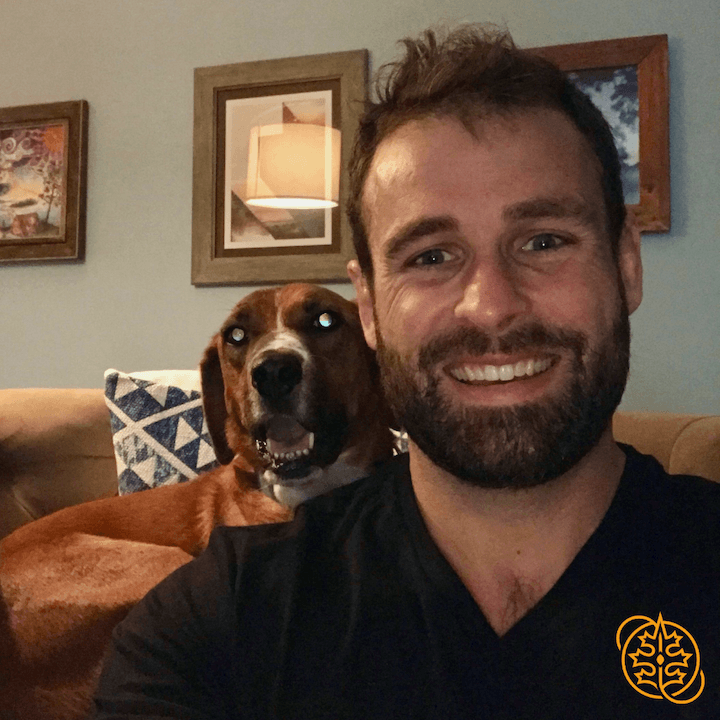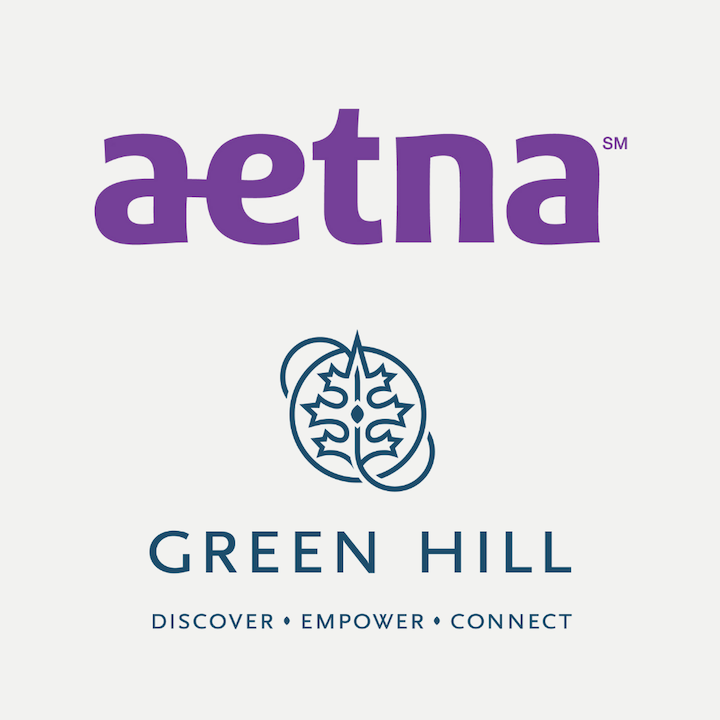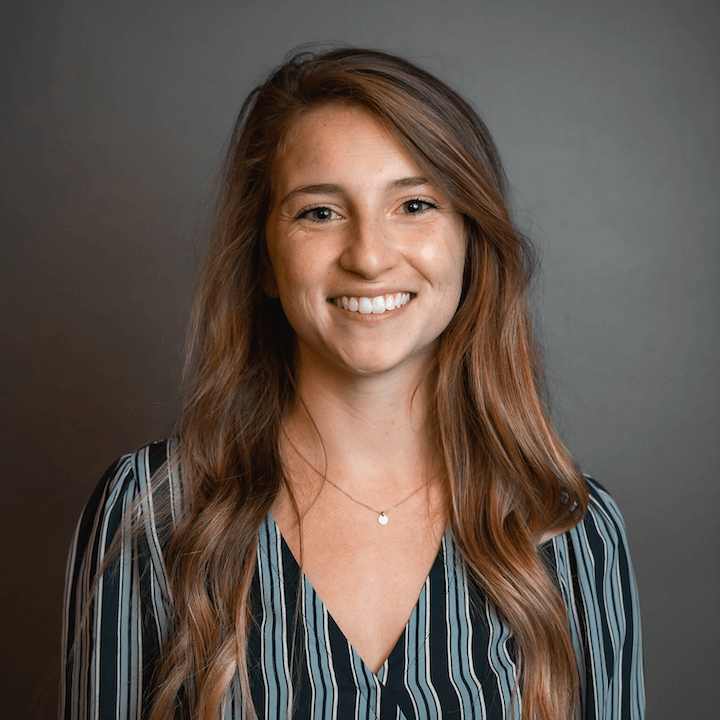
Long-term recovery from addiction starts with a supportive community. In recovery, some of the most successful programs not only give tools while in a controlled area like a recovery center or group therapy, but when actively involved in the outside world. A person also needs goals to work towards a better future. Enter: Collegiate Recovery.
So, what is Collegiate Recovery?
Like the name suggests, a collegiate recovery program offers a supportive environment in a college or university campus culture. Collegiate recovery reinforces positive and proactive measures in helping a person with a problematic substance use history. While each collegiate recovery community (CRC) is unique, there are often a range of social workers/counselors, student volunteers, work study students, peer-support specialists, and academic advisors that are trained in this field to ensure a point of contact.
Someone taking part in a collegiate recovery program may already be an enrolled student looking for additional support or a new student going to school to better their future prospects.
Collegiate recovery is unique in that it offers campus-based resources that focus on the college-age population, but of course isn’t limited to that group. Professionals working in CRC’s are often treating young men and women dealing with similar issues and struggles, which means they can focus on behavioral health needs that may differ from those exploring recovery outside a campus setting.
Cassidy Conway LCAS-A, LCMHC-A, NCC, one of our primary therapists in the Green Hill Outpatient program, often interacts with clients who could benefit from collegiate recovery. She talked with us about how clients in this age group develop an identity around drug use and how it may affect them long term.
“Some unique challenges I assist clients with are finding their own identity. Typically, at the age of our clients, these young men are at the developmental stage of stepping into their voice, character, and are developing their own identity independently from peers. Because they have had a problematic relationship with substances during this developmental stage, their identity is strongly connected to their use.”
With the success of the collegiate recovery student in mind, both professionals and peers taking part in this program create visibility around the recovery process on the campus.
What Kind of Support is Offered?

Making Contacts: When students are taking the first steps in collegiate recovery, this program would offer both general and specific information to get them involved as soon as possible. To start, you’ll often find CRCs include peer support groups, sober recreational outings, collegiate recovery sponsored events, sober tailgating events, and student counseling centers. The goal is to make college a successful experience for the recovering student.
Conway continues, “A collegiate recovery program offers a sense of community. Peer support is key to long-term recovery. With the unique stressors of being a student, having support at school is crucial. Each program is different, however, if the school has professional staff on campus, you have university employees advocating for you. That can look like helping get back into school after going to treatment, sober dorms/living, priority scheduling so your classes don’t interfere with any outpatient program you may still be involved in.”
Financial Foundation: One of the biggest stressors in a college experience can be financially related. While not universal, CRCs can sometimes offer resources that can directly help with financial aid, recovery housing, and a consistent space or room provided for support groups and one-on-one meetings.
Emotional Support: When feeling vulnerable or challenged with something outside of your comfort zone, having a community of support is everything. Emotional support is offered by openness and inclusion through community gatherings, staff and peer interactions, and through community service projects.

Though collegiate recovery is considered supplemental along with other types of support, experts often stress the importance of community as the cornerstone of long term recovery. One of the most meaningful contributing factors to long-term recovery is a reliable recovery network. This is especially true for the college-aged population, for whom connecting with peers who can relate to problematic substance use and now are exploring goals towards recovery is incredibly important. Connecting with other young people in recovery also creates the opportunity to learn you can have fun and a full life in a sober environment.
At Green Hill, we believe collegiate recovery programs and efforts are essential for our clients, as we’ve seen the impact they can have on young men’s lives. It is an incredible motivator to feel like they have a community and that they’re back on track, working towards goals. Both our Transitional Living and Outpatient programs offers opportunities for college-bound young men dealing with SUD to understand the nuances of recovery, the triggers, and the challenges of a college experience that can prove helpful in the recovery process.
Want to learn more about collegiate recovery options in Raleigh or elsewhere in North Carolina? Give us a call at 984-204-1106 and we’ll help you find the right resources.












